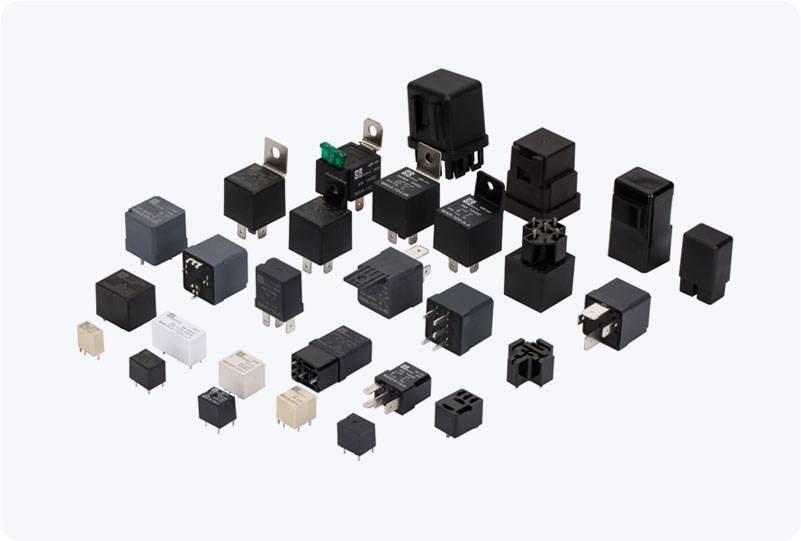A Motor Control Power Relay plays an essential role in the efficient operation and protection of electric motors. Widely used in industrial and commercial applications, this device helps automate the control of motors, offering significant benefits in terms of safety, performance, and energy savings. By effectively managing motor start-ups, stops, overloads, and short-circuits, a motor control power relay ensures that the motor operates within safe limits and improves the overall functionality of the system. This article explores the working principles, key features, applications, and advantages of motor control power relays in various sectors.

What is a Motor Control Power Relay? A Motor Control Power Relay is an electrical device that is used to control, protect, and automate the functioning of electric motors. It typically integrates a relay mechanism that operates with a contactor to switch the motor on or off and provides protection against abnormal conditions such as overloads, short circuits, or power surges. The relay functions as an intermediary between the control circuit and the motor, allowing remote control and automation of motor operations. Key Features of Motor Control Power Relays Motor Start/Stop Control: The primary function of the motor control power relay is to control the starting and stopping of motors. The relay is connected to the control circuit, and through it, the motor can be turned on or off by remote signals, such as those from a PLC (Programmable Logic Controller).